
2020 will be remembered for many reasons, including how millions of us turned our homes into makeshift offices by combining various items from around the house together until we achieved something which resembles a workspace.
With early 2021 looking very much like where we left off in 2020, it can be tempting to work from more relaxing places, such as the kitchen table, sofa or even on the floor! But these decisions can put extra strain on your body when compared to working from a conventional desk.
The contortions needed to stay working from home in such situations, balancing our laptops on, well… our laps, has implications, especially on our hands and wrists. Even at a well positioned desk, it’s not uncommon for those who work on computers for long periods of time to begin to feel their wrists ache, leading us to feel the need to stretch them out. This type of repetitive-stress injury is better known as Carpal Tunnel Syndrome.
According to the NHS, Carpal Tunnel Syndrome (CTS) is pressure on a nerve in your wrist. It causes tingling, numbness and pain in your hand and fingers. You can often treat it yourself, but it can take months to get better. Symptoms can include:
- an ache or pain in your fingers, hand or arm
- numb hands
- tingling or pins and needles
- a weak thumb or difficulty gripping
These symptoms often start slowly and come and go, usually worse at night. While most cases are classed as mild and can improve using different tactics, it can, without treatment, lead to permanent loss of sensation and weakness.
Since the beginning of the pandemic, many employers and employees will have bought chairs that create good posture and lighting that doesn’t cause undue eye strain. But many may have neglected wrist and hand products.
There are multiple products out their which can help prevent and alleviate the symptoms of CTS. Here are six pieces of the best-reviewed carpal tunnel equipment we’ve found to help you avoid working from home woes:
1. Wrist Brace
A wrist brace is a great aid for maintaining a neutral position when carrying out computer tasks. Without a brace you are more likely to type with your wrist in flexion or extension, but with one you’re stabilising your wrist and putting less stress on painful areas. Most options will still allow you to move your fingers freely, leaving your productivity unaffected.
If you sit at a desk all day, chances are that your hand is usually on a mouse. However, the natural angle for using a mouse can put stress on your wrist and contribute to the development of CTS. A mouse cushion can help adjust the angle at which you hold a mouse, creating a more comfortable position for your wrist.
Another way of protecting your wrist is to skip the pad altogether and opt for an ergonomic mouse. These specially designed mice keep your wrist and arm alignment in a neutral position throughout the day, thus limiting the amount of stress on your joints.
Typing on a keyboard can interfere with the alignment of your wrist and arm in a similar way to using a mouse. Like a mouse cushion, a wrist cushion helps ensure that your form is consistent throughout the day. Wrist cushions promote healthy wrists by decreasing strain and increasing comfort.
While many of us inevitably spend a lot of time on our computers, there are moments throughout the day when you record communications the old-fashioned way – with a pen and paper. An ergonomic pen will help improve wrist and hand alignment while writing those all-important notes from your latest Zoom meeting.
An ergonomic keyboard is different from your standard keyboard as its split key and 3D design conforms to your natural arm and hand positions. They also feature integrated palm rest designs that support your wrists in a comfortable position, which help you feel more at ease when typing away for longer. Some ergonomic keyboards feature ‘tactile keystrokes’ which are designed to reduce pressure when you press the keys, leading to a more comfortable typing experience.
But products aren’t the only level of defence. By regularly assessing your work environment and routine you can identify any issues which may lead to poor wrist health. Taking frequent breaks from your computer or any activity which worsen CTS symptoms can often help, as does performing regular exercises to strengthen the wrist.
By implementing these small changes, you can help avoid CTS and make your workday more comfortable. Have you got any products, tips or tricks which you use to make it through the day with minimal pain? Let us know in the comments section below…
To help you navigate the changes of business travel, we’ve created the brand-new Traveller Toolkit. This invaluable online resource is packed full of easy-to-use guides and checklists for every stage of every journey. We detail exactly what you need to know and do before, during and after your trip.
You’ll also find innovative and interactive virtual trips, which walk you through each step of being at the airport, on the train and in the hotel. You can even check the travel restrictions and health status of your destination with our comprehensive COVID-19 Country Tracker, updated five times daily to ensure you have the very latest information to help keep you and your travellers safe.
Travel is changing. But with common sense and a good TMC behind you, travellers should have the confidence to once again take to the skies. It’ll soon be business as (un)usual.

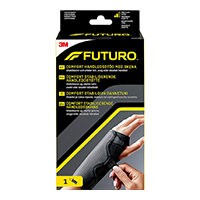
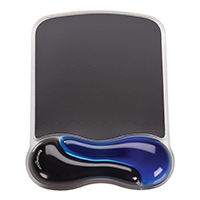
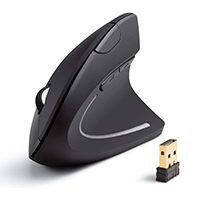
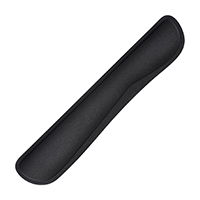
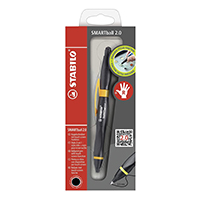
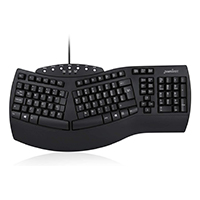
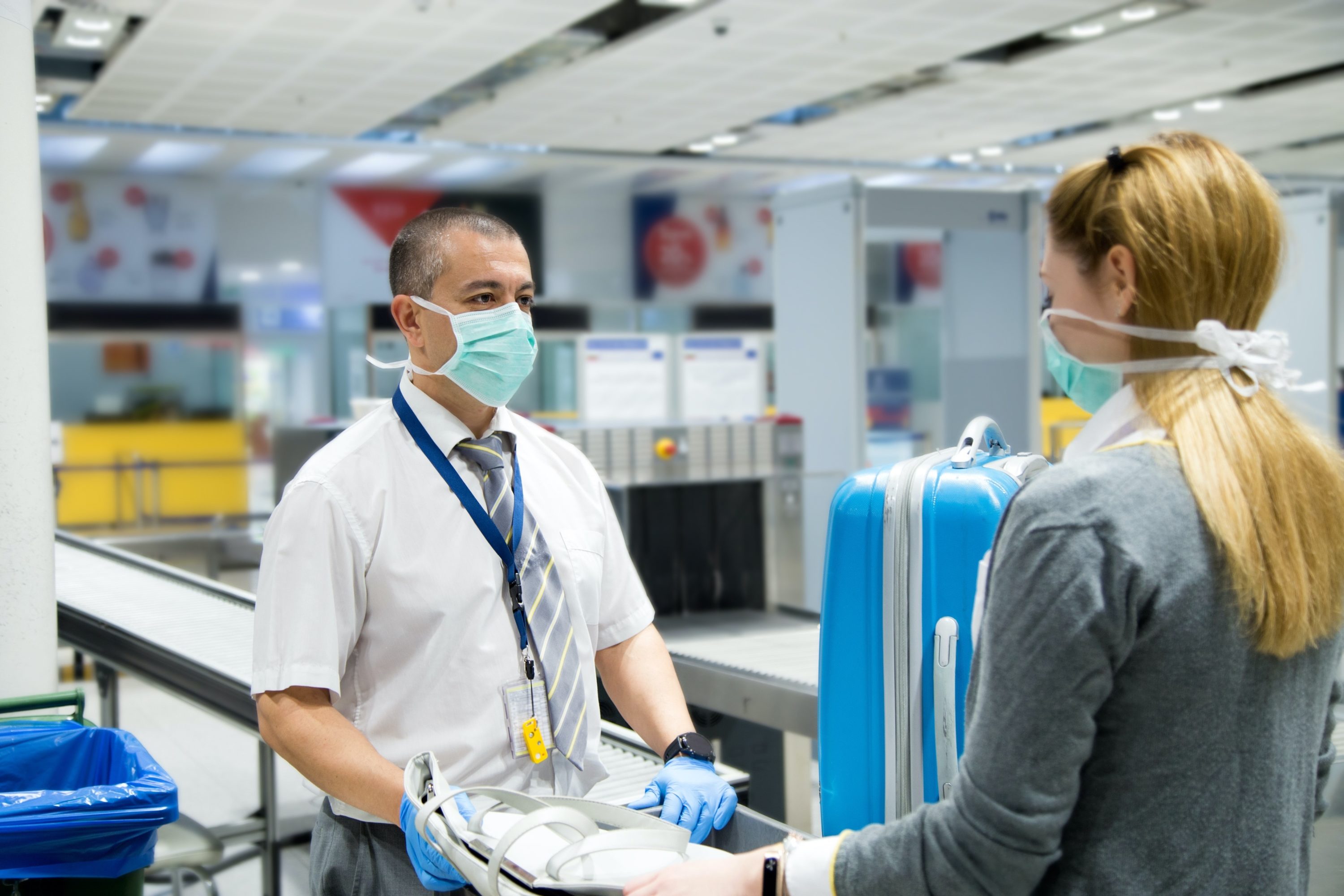
0 Comments